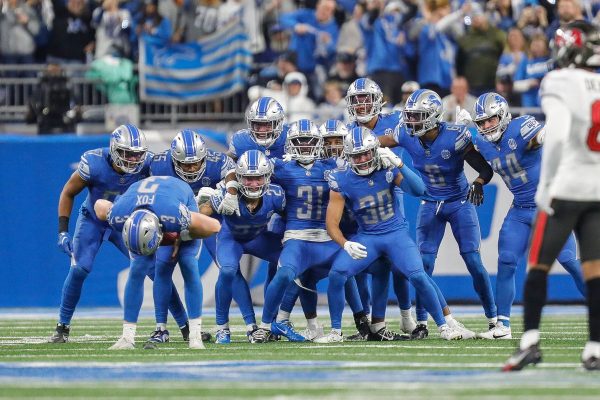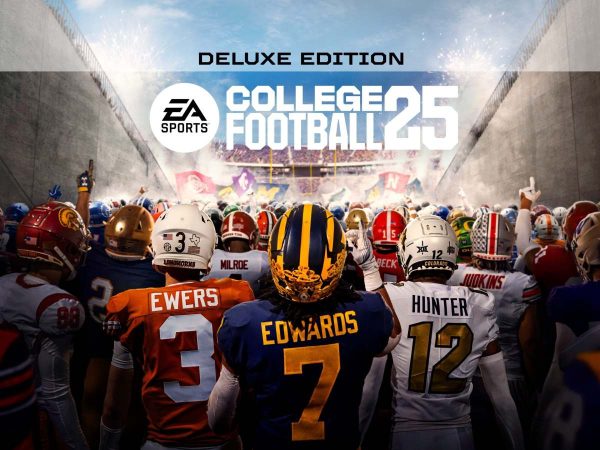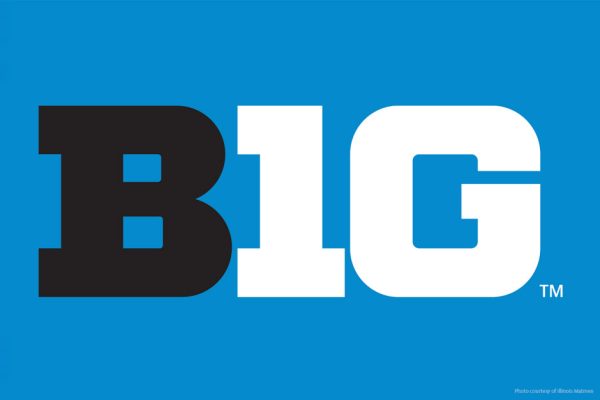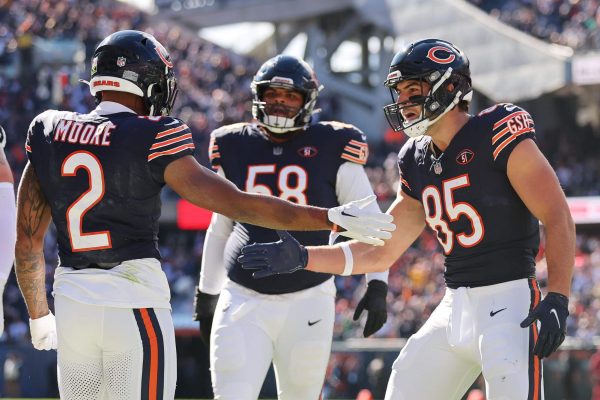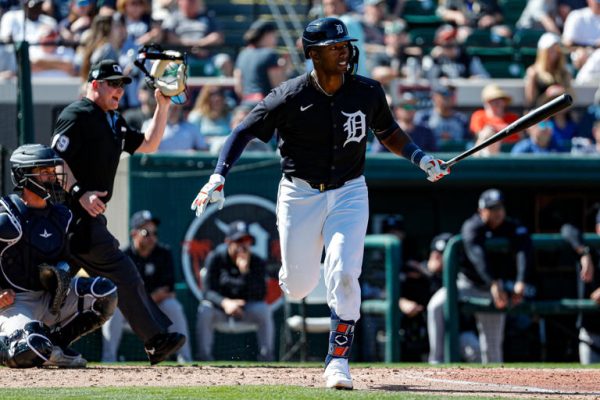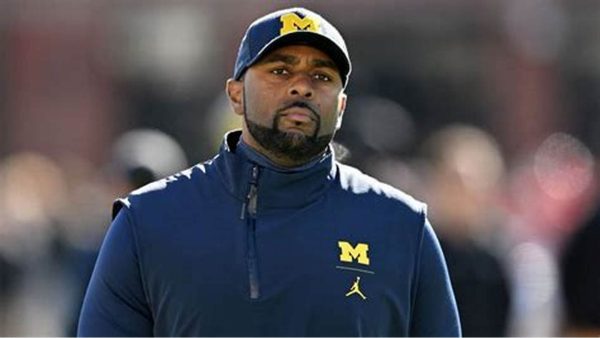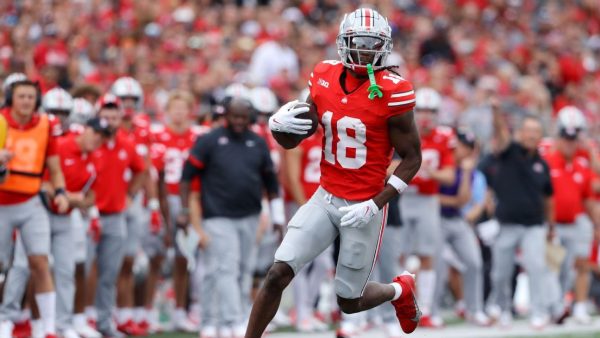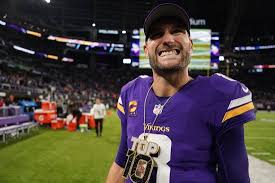The NCAA’s NIL agreement has changed the dynamic of college sports
Less than a year ago, the NCAA made history by signing a NIL (name, image, and likeness) deal that allows college athletes to profit off of their seasons. This rule allows athletes to sign contracts or sponsorships that will result in a monetary profit. Of course, this deal has been debated for years, and the final decision has brought up many controversial issues. Are scholarships not enough compensation for college athletes? Will colleges abuse this opportunity and take advantage of athletes? Can an 18-year-old be trusted to sign away their likeness to a multimillion-dollar corporation? All of these concerns had hindered the NCAA in allowing the NIL deal to be passed, but almost a year later, people are seeing its many advantages.
Many athletes have utilized this newfound ability to make sponsorship deals and have heavily profited. Not only that, but colleges have also benefited greatly from these deals. For example, if a player signed a one million dollar deal with a popular clothing brand, they would have their merchandise sold everywhere, including the university they attend. So while colleges are getting no direct kickbacks, they will benefit from the sale of athlete-sponsored items on their campus.
Another overlooked benefit of the NIL deal is the ability for athletes to start their brand and image at a young age. Many argue that athletes are already being paid in scholarships and free college, but a large number of athletes come from poverty, so that is doing the bare minimum. In addition, these athletes will sometimes have to work a second job to try and support their families, which can interfere with their performance in their sport. Now that athletes can capitalize on their image and likeness, they have opportunities to not only support themselves and their families as well.
The other major benefit of the NIL is the opportunity it brings for all student-athletes. Generally, Only the most elite athletes of certain sports are able to obtain full-ride scholarships. Now all athletes, whether a bench warmer or the star player, have an opportunity to make money and pay for college. While it’s true most brands will want to sponsor the biggest and the best athletes; smaller brands will likely be unable to compete with the compensation larger brands could offer. This gives up-and-coming companies a chance to sponsor up-and-coming athletes creating a win-win situation.
With all of these newfound benefits, athletes from every sport are capitalizing on the opportunity brought by NIL deals. One of the biggest deals so far was between Alabamas quarterback Bryce Young and CashApp. This deal alone was for over eight hundred thousand dollars and was in motion before the season even started. Young also made some smaller partnerships with BMW and many small trading card companies. Olivia Dunne is an LSU gymnast that gained a large following on the popular social media app TikTok, and once the NIL deal was passed, she was able to capitalize on her popularity. She signed with the clothing brand Vuori for over one million dollars and has the potential to continue her association with the brand beyond her college days. Young and Dunne are some of the higher-end athletes as many brands are focusing on representing a team as a whole rather than individuals. A brand of fitness centers in Florida has paid every player on the University of Miami’s football team up to 500 dollars to endorse the brand.
The NCAA has revived both praise and criticism for their NIL decision, but so far, the benefits have seemed to be positive. As time continues and more and more athletes begin signing NIL deals, the benefits and drawbacks of this new rule will be more readily available. So far, both athletes and universities have been benefiting from the NCAA’s ruling and will continue to do so.

Ian Goodman is a senior at FHC and in his first year on staff. He plays football and runs track for the Rangers. Ian recently found his passion in lifting...



